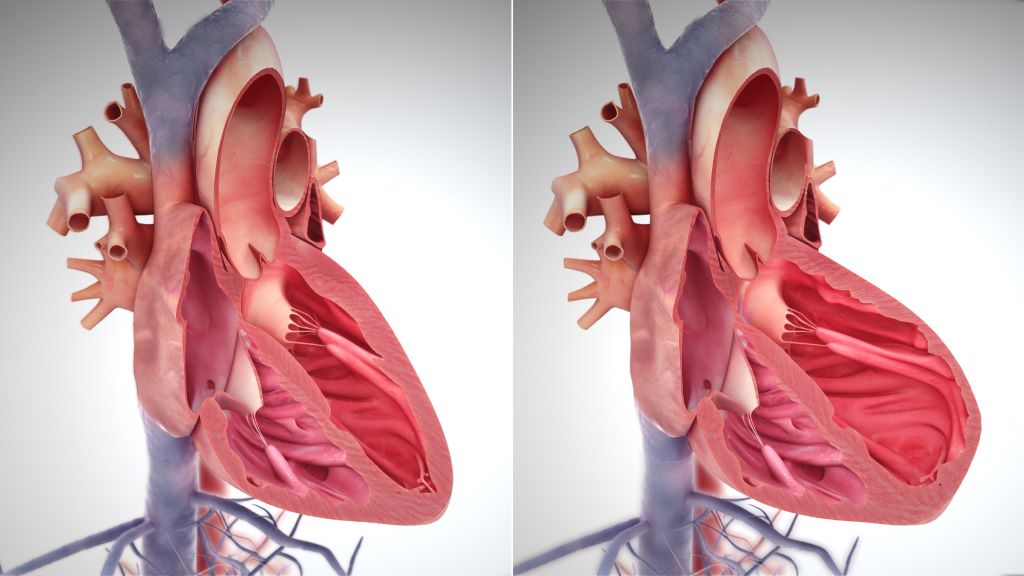
There is a natural mechanism that protects the heart from heart failure with preserved ejection fraction (HFpEF), according to findings published in Circulation. An international team of researchers at the University of Manchester, Baylor College of Medicine and collaborating institutions discovered that when the cardioprotective mechanism fails, it promotes the development of HFpEF. Restoring the mechanism prevents progression, and presents a promising therapeutic target to prevent and treat this life-threatening disease.
“HFpEF is a complex, multifactorial disease associated with metabolic stress. One of the factors involved is the toxic accumulation of lipids in heart cells,” said co-author Dr Tamer M. A. Mohamed, associate professor of surgery and director of the Laboratory for Cardiac Regeneration Baylor.
The team began by assessing gene changes in hearts from people diagnosed with metabolic stress along with various cardiovascular complications and found alterations in the expression of 488 genes. “We found particularly relevant the simultaneous reduction of the expression of genes XBP1 and EDEM2 in human HFpEF hearts,” Mohamed said.
The link between EDEM2 and other conditions has been studied, but its role in the heart remains unexplored.
“We discovered that the XBP1 protein regulates the Edem2 gene in animal models and that EDEM2 was downregulated in hearts from individuals with metabolic disorders and in mouse models,” Mohamed said. “Further evidence supported the involvement of EDEM2 and XBP1 in cardiovascular diseases and lipid regulation.”
To investigate whether XBP1 and EDEM2 were directly involved in lipid toxicity and HFpEF, the researchers removed the Xbp1 or the Edem2 gene in mice. Consequently, these mice became more vulnerable to metabolic stress-induced heart lipid toxicity and cardiac dysfunction. “It was exciting to see that restoring Xbp1 or Edem2 alleviated lipid overload in the heart and reversed HFpEF,” Mohamed said.
This comprehensive study uncovered that XBP1 and EDEM2 work together to maintain a healthy lipid balance in heart cells.
“Our findings support further study of the XBP1s and EDEM2 pathway as a promising therapeutic target for mitigating cardiac lipotoxicity and progression of HFpEF,” Mohamed said.
Source: Baylor College of Medicine

